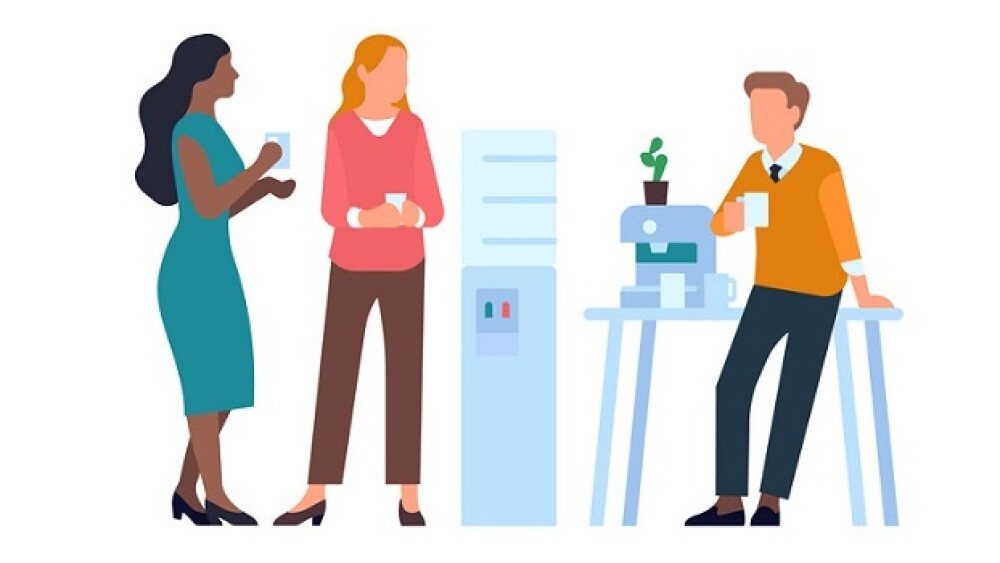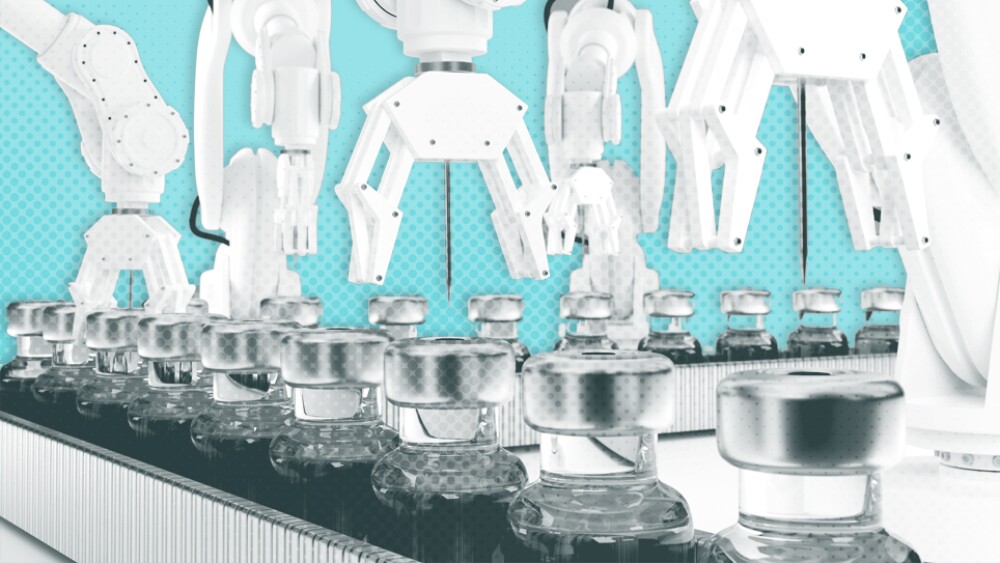For some, increased productivity means taking fewer breaks. But new research suggests the opposite may be true.
Pictured: Illustration of workers taking a break around a water cooler/iStock, Nadezhda Kurbatova
Working in the life sciences industry can be demanding, and with long hours and intense focus often required to make progress, taking breaks during the workday may seem like a luxury. However, research suggests regular breaks can be a valuable tool for increasing productivity and improving well-being.
According to a study published in the European Journal of Work and Organizational Psychology, taking short breaks during the workday can help employees maintain focus and concentration, increasing productivity. This is particularly helpful for life science workers, where researchers and scientists must maintain high attention to detail and accuracy.
By taking short breaks, employees can give their brains a chance to rest and recharge, allowing them to come back to their work with renewed focus and energy.
This is an appealing prospect for workers, and data back up the approach.
A study published May 11 in the Journal of Applied Behavior Analysis suggests that focusing on the frequency and duration of breaks during the workday could be the key to greater productivity.
The study compared the productivity of 16 undergraduate students when breaks were not required with their output when breaks were taken at regular intervals. Half of the students took five-minute breaks every 20 minutes in the first session, followed by a session with no breaks or a control session where breaks were optional. The other half took breaks in the second session and none in the first.
The results were clear—75% of students were substantially more productive during the session with breaks. Moreover, most participants took more breaks during the control session than in the sessions when breaks were planned.
In addition to improving productivity, taking breaks during the workday can also help reduce stress and prevent burnout. An August 2022 study published in the Public LIbrary of Science found that taking regular breaks can help reduce stress and improve the overall well-being of employees. This is particularly important in the life sciences industry, where the pressure to produce results can increase the stakes.
Taking breaks during the workday can also help employees avoid distractions and increase efficiency. By stepping away from their work for a short period of time, employees can come back with a fresh perspective and a renewed ability to identify and eliminate any distractions that may be hindering their productivity. This can ultimately lead to increased efficiency and output in the life sciences industry.
Not all breaks are created equal. While taking a break to check social media or browse the internet may provide temporary relief, it can decrease productivity in the long run.
Instead, it is recommended that employees take breaks that involve physical activity or mental stimulation, such as taking a walk or reading a book, according to the Harvard Business Review. This can help employees recharge and refocus, increasing productivity and well-being.
The report analyzed more than 80 studies about breaks and how they relate to productivity. The team found that taking breaks throughout the day not only aids in staff’s mental health but helps them get more work done than working straight through their days.
By allowing employees to recharge, improve focus and concentration, avoid distractions and increase efficiency, breaks can ultimately lead to increased productivity, better research and development outcomes and greater employee satisfaction.
Lisa Munger is a senior editor at BioSpace. You can reach her at lisa.munger@biospace.com. Follow her on LinkedIn.





